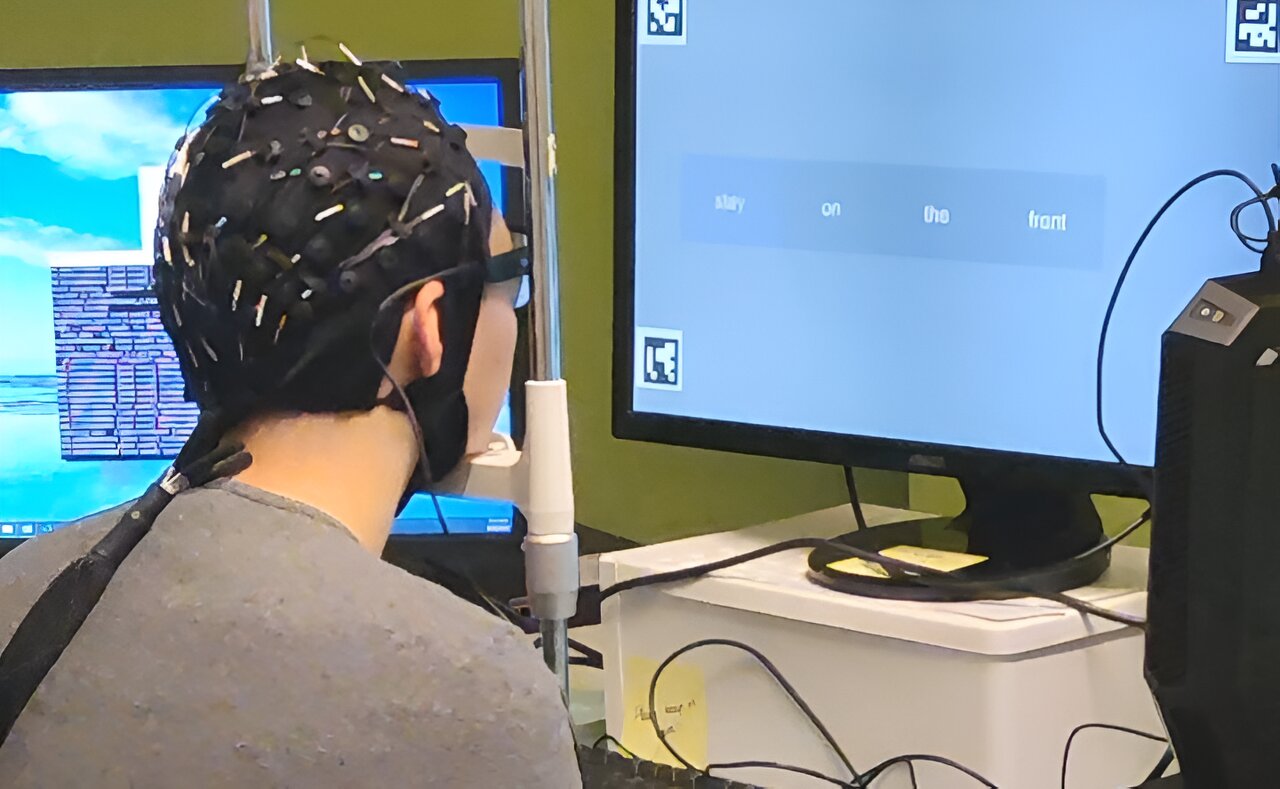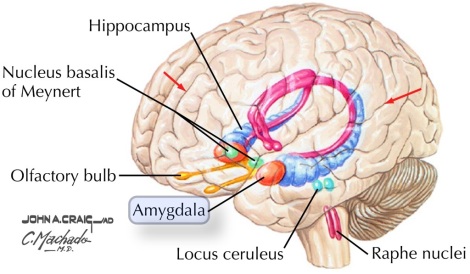
In a world-first, researchers from the GrapheneX-UTS Human-centric Artificial Intelligence Centre at the University of Technology Sydney (UTS) have developed a portable, non-invasive system that can decode silent thoughts and turn them into text.
The technology could aid communication for people who are unable to speak due to illness or injury, including stroke or paralysis. It could also enable seamless communication between humans and machines, such as the operation of a bionic arm or robot.
The study has been selected as the spotlight paper at the NeurIPS conference, an annual meeting that showcases world-leading research on artificial intelligence and machine learning, held in New Orleans on 12 De...
Read More







Recent Comments